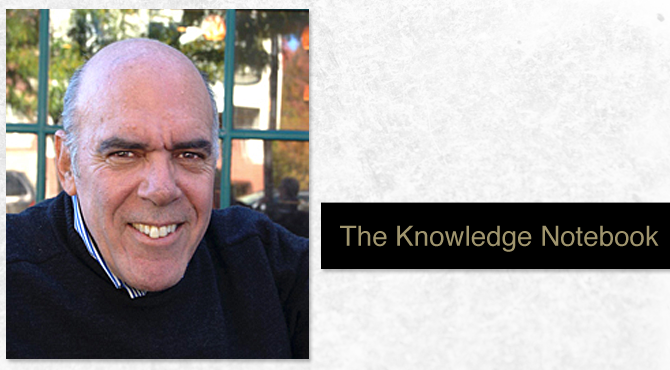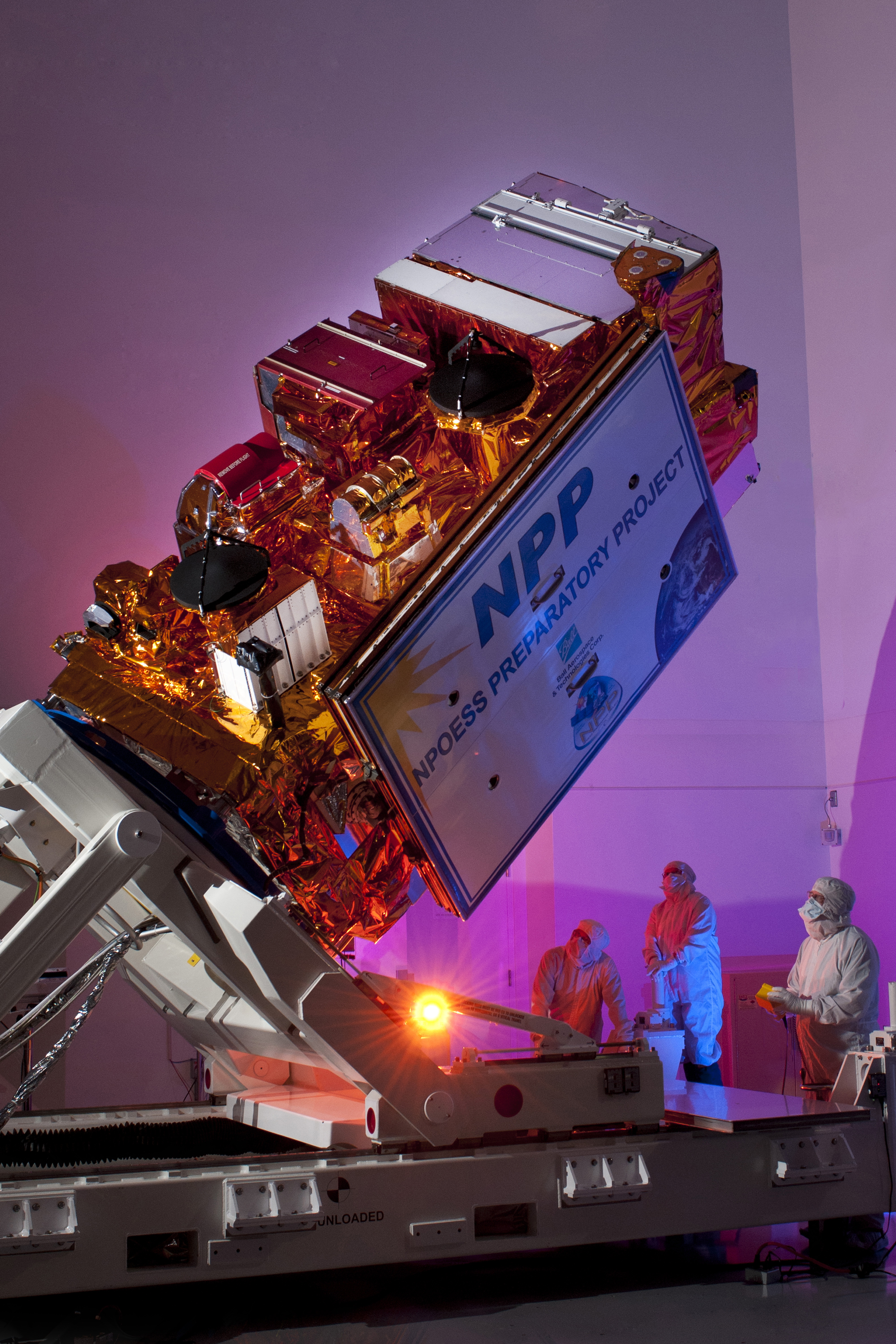
By Laurence Prusak
Imagine if the Curiosity rover found evidence of life on Mars—not fossil microorganisms, but a live, English-speaking Martian. Suppose he (or it) started asking us questions like, “What does NASA do?” Well, that’s easy enough to answer. For the sake of simplicity, we might say, “Space exploration.” But then suppose our Martian asks, “How do you know how to do that? Where do you keep the knowledge you need?”
Well, that is one interesting question.
Where do you think this knowledge is? You would think it should be pretty easy to answer such a question, since knowledge is so important, but in the many years I have asked people in organizations this question, I have received very diverse answers and almost no consistency of responses. That lack of agreement certainly leads me to wonder how we can ever hope to work effectively with knowledge and learning if we can not even tell where it is.
There are several reasons for this uncertainty. Knowledge is by its nature intangible. It has no physical form that we locate and describe. That uncomfortable fact leads many to conflate knowledge with information or data, or sometimes even IT systems, which are concrete and can be pointed to and measured. In fact, those are the answers I most frequently get when I ask the question. But the answers are wrong. Knowledge is not data or information. It is not an IT system (or its content).
Another reason for this odd failure to answer what seems like a basic question is that knowledge is rarely, if ever, considered in any class or graduate program. Take a look at the index in the back of any text on economics or organizational behavior. Not a word about knowledge. Most strategy books ignore it, too. That is remarkable given that knowledge is, in many ways, our most important source of wealth. It is surely the basis of NASA’s capabilities and capacities. (I will write about why this is the case in another column.) But if something is rarely taught or even mentioned in the literature, it is a good bet it will be pretty hard to arrive at a common and meaningful definition or description of it.
OK, so let’s try to answer the question. Where is NASA’s knowledge?
There are generally three main places to “look” for knowledge in any large and complex organization. The first one often mentioned is in the people of the organization. This is the most obvious response, and an important one. We can call such knowledge “embodied” as it is literally in the bodies of individuals. Research and reflection can show, however, that thinking only about the knowledge worker the individual is not a very useful approach to knowledge.
Knowledge is very social. It is found in organizational practices, networks, communities, and other aggregated units.
Knowledge is very social. It is found in organizational practices, networks, communities, and other aggregated units. People come and go in organizations, yet the organizations continue to “know” things and have capabilities. IBM is more than one hundred years old. None of its original employees are still alive and yet the company retains its technical know-how, no matter how many individual employees leave over time. Procter and Gamble is even older and preserves its original DNA knowledge about household goods and how to sell them. This is because the knowledge is retained primarily in practices that are sustained over time in spite of employee turnover.
A second and less apparent place to find knowledge is in the organizational routines and processes in which organizational knowledge is embedded. All organizations more or less do the same things day after day. These established routines, which apply knowledge in an organized series of activities, allow knowledge to be retained for as long as it is needed. It represents an organization’s best take on the best way to accomplish some aspect of its work. NASA procedural requirements, like NPR 7120.5, incorporate a lot of the agency’s knowledge about carrying out projects. These patterns, of course, change over time, when new or better knowledge is recognized and agreed upon and new processes are developed and embedded.
And the third place to find knowledge is in systems and documents. Although we can make the case that it is really information that is found there, we can reasonably state that the information is a kind of frozen or represented form of knowledge. It is less dynamic and far less contextual than the other forms, but it is still a vital component of effective capabilities. So here is a partial but I hope useful answer to our Martian’s query. It’s a start, at least. Until we can have some consensus around these issues and have given serious thought and time to them, we will be fated to under-optimize the most valuable thing we have. And the most expensive, too!
More Articles by Laurence Prusak
- The Knowledge Notebook—The Real Value of Knowledge (ASK 47)
- The Knowledge Notebook—The Greeks Had Many Words for It (ASK 46)
- The Knowledge Notebook—Network Success (ASK 45)
- The Knowledge Notebook—Indicators (ASK 44)
- The Knowledge Notebook—The Burden of Knowledge (ASK 43)
- View More Articles








